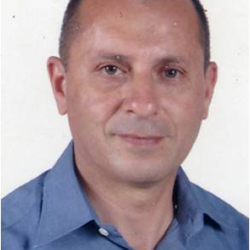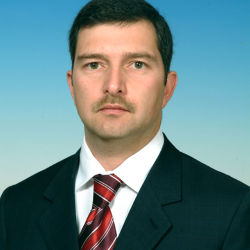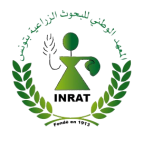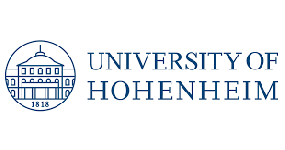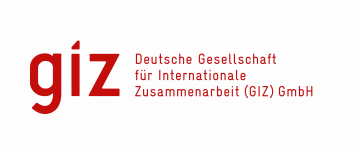ABOUT US
The dairy subsector contributes around 22% to the annual production from livestock, 7.2 % to total annual production from agricultureand 7% to the supply ofthe existing agro-food industry. Milk production reaches approximately 1 billion liters annually, with around 112,000 pro ducers contributing to this national yield. The subsector is dominated by small producers; 82% keeping < 5 cows while only 11% ofthe producers have herd sizes of6 to 20 producing cows. However, unreliable milk collection networks and missing on-farm cooling facilities lead to productivity losses through erratic milking regimes and cash income losses because of uncooled storage resulting in low quality, deprival of the cooling premium and even rejection of unsuitable milk at the collection center. The proposed innovation on solar-powered milk cooling is a climate-smart, off-grid solution which may foster resource-poor dairy cattle keepers towards increased productivity, income, production and consumption of safer and more nutritious products. The on-farm solar milk cooling technology to be applied by the project was developed at the University of Hohenheim based on commercial stand-alone refrigeration kits that are commercialized by German company and project partner, Phaesun GmbH. The refrigeration units (direct-current domestic refrigerators from the German company Steca GmbH) to cool down milk, have the following characteristics: a) Conventional 20 liter milk-cans are used. b) A special milk-can cover allows the use of ice for a fast milk cooling rate to assure milk quality. c) The ice is produced and stored in a refrigeration unit which has been adapted to work as a "smart ice-maker" that produces ice during sun radiation hours. This fact highly reduces the need for batteries, hence improving system reliability and cost efficiency. d) Thermally insulated plastic milk cans allow the transport of the milk, preserving its quality. In this case, we refer to "configuration A". e) A second refrigeration unit to preserve milk

